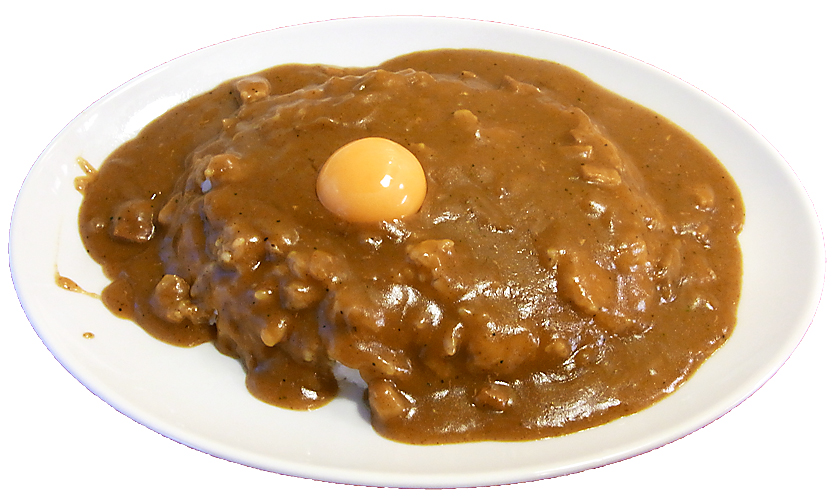It's only a slight exaggeration to say that Japanese curry saved my life. After relocating to Japan in the late 1990s, I found myself underemployed, surrounded by unfamiliar foodstuffs and suffering from a near-total lack of cooking skills. Yet I managed to fill up at the cafeteria of a local university, where, among trays of noodles and cauldrons of miso soup, ladles of savory brown curry were served for ¥350 a pop. From then on, my only problem was placing an order with the white-masked servers, who tended to mistake my pronunciation of korokke karē (curry with potato croquettes) as kara-age karē (curry with deep-fried chicken balls).
No matter. Brimming with pork, potatoes and carrots, "curry rice" packed enough calories and carbs to get me through the day. I later learned that generations of Japanese students have fueled themselves up in the same way — the dish is a mainstay of cafeteria lunches from primary school to graduate school, and it's a popular item in corporate canteens and run-of-the-mill soba noodle shops as well.
This phenomenon is baffling to many foreigners, who complain that Japanese curry lacks the enchanting spiciness of its Southeast Asian counterparts or the aromatic richness of dishes from India. To its critics, curry rice represents the worst of Japanese cuisine: nutritionally challenged, depressingly bland and deficient in nuance.



















With your current subscription plan you can comment on stories. However, before writing your first comment, please create a display name in the Profile section of your subscriber account page.